Increased Smartphone Penetration
The proliferation of smartphones has catalyzed the mHealth Market, enabling users to access health-related applications and services with unprecedented ease. As of 2025, it is estimated that over 80 percent of the population in developed regions owns a smartphone, which serves as a primary device for health management. This accessibility allows individuals to monitor their health metrics, schedule appointments, and receive telehealth services directly from their devices. The convenience of having health resources at one's fingertips appears to drive the adoption of mHealth solutions, as users increasingly seek to manage their health proactively. Furthermore, the integration of mobile technology into everyday life suggests that the mHealth Market will continue to expand, as more individuals recognize the benefits of utilizing mobile applications for health management.
Integration of Health Data Analytics
The mHealth Market is witnessing a transformative shift with the integration of health data analytics into mobile health applications. This integration allows for the collection and analysis of vast amounts of health data, enabling personalized health insights and recommendations. As healthcare providers and patients alike recognize the value of data-driven decision-making, the demand for analytics-enabled mHealth solutions is expected to rise. Recent studies indicate that health data analytics can improve patient outcomes by facilitating timely interventions and enhancing treatment plans. This trend suggests that the mHealth Market will continue to evolve, as stakeholders seek to leverage data to optimize health management and improve overall healthcare delivery.
Rising Demand for Telehealth Services
The mHealth Market is experiencing a notable surge in demand for telehealth services, driven by the need for accessible healthcare solutions. As healthcare systems evolve, patients are increasingly seeking remote consultations and follow-up care, which telehealth provides. Recent data indicates that telehealth usage has increased by over 30 percent in various regions, reflecting a shift in patient preferences towards virtual healthcare. This trend is likely to persist, as patients appreciate the convenience and efficiency of receiving care from home. Moreover, the mHealth Market is poised to benefit from this shift, as healthcare providers invest in telehealth technologies to meet patient needs. The ongoing development of secure and user-friendly platforms may further enhance the appeal of telehealth, potentially leading to a more integrated approach to healthcare delivery.
Growing Focus on Preventive Healthcare
The mHealth Market is increasingly aligned with the global shift towards preventive healthcare, as individuals become more health-conscious and proactive about their well-being. This trend is evidenced by the rising popularity of health tracking applications that monitor vital signs, physical activity, and dietary habits. Data suggests that the preventive healthcare market is projected to grow significantly, with mHealth solutions playing a crucial role in this transformation. By empowering users to take charge of their health, these applications foster a culture of prevention rather than reaction. Consequently, the mHealth Market is likely to see a surge in demand for innovative solutions that facilitate early detection and management of health issues, thereby reducing the burden on healthcare systems.
Expansion of Health Insurance Coverage for mHealth
The mHealth Market is likely to benefit from the expansion of health insurance coverage for mobile health services. As insurers increasingly recognize the value of mHealth solutions in improving patient engagement and reducing costs, more policies are being developed to include telehealth and mobile health applications. This shift is expected to enhance the accessibility of mHealth services, making them more affordable for a broader population. Data indicates that insurance coverage for telehealth services has increased by over 25 percent in recent years, reflecting a growing acceptance of mHealth solutions within the healthcare ecosystem. Consequently, the mHealth Market may experience accelerated growth as more individuals gain access to these innovative health management tools.
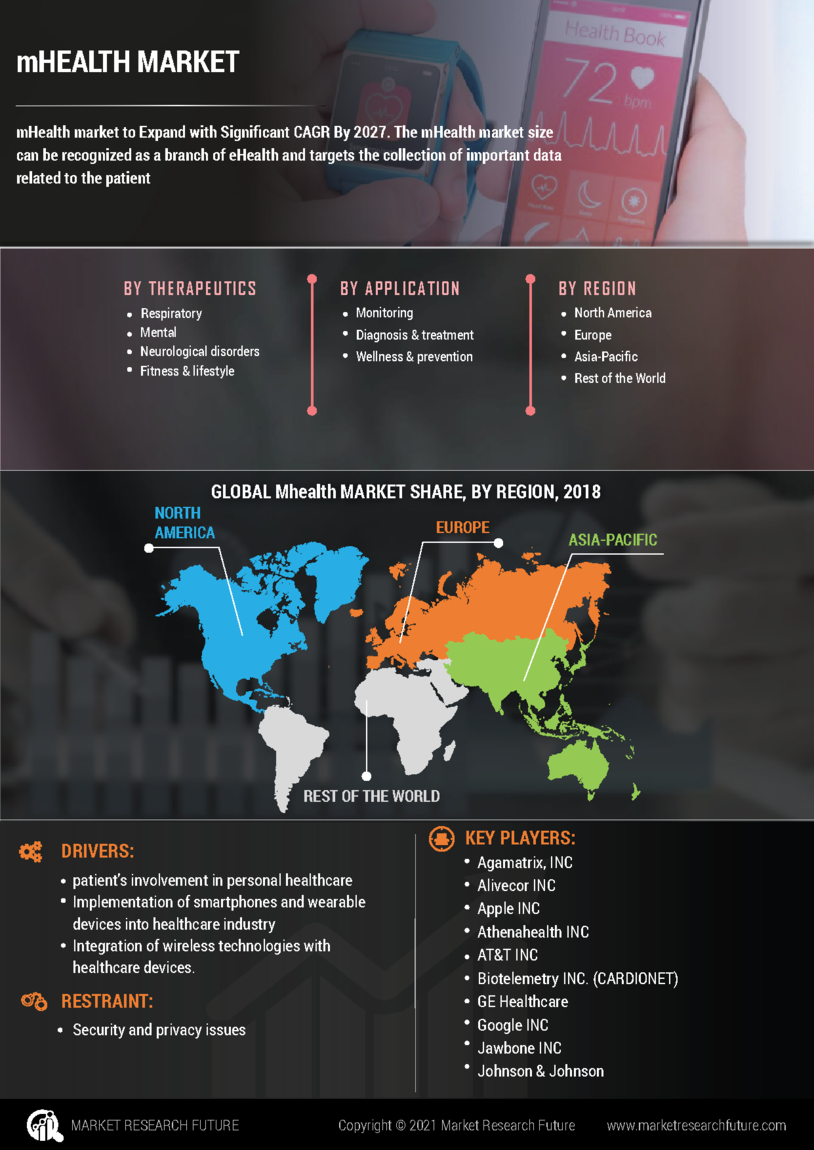


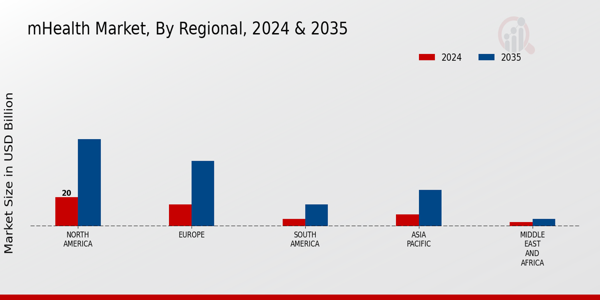
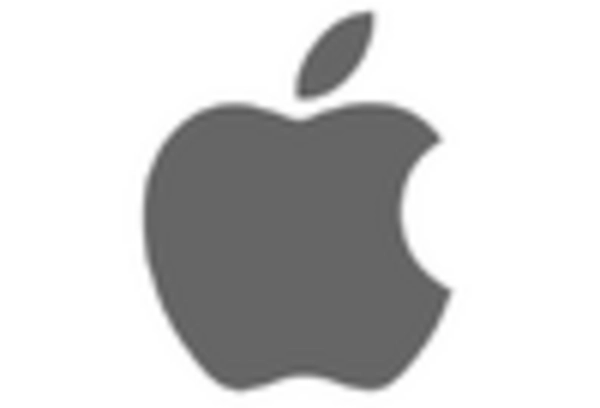


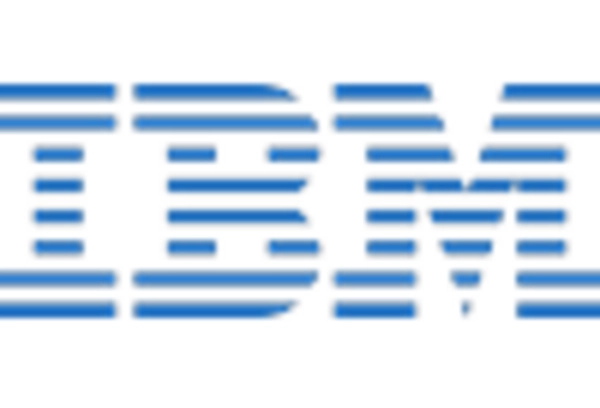

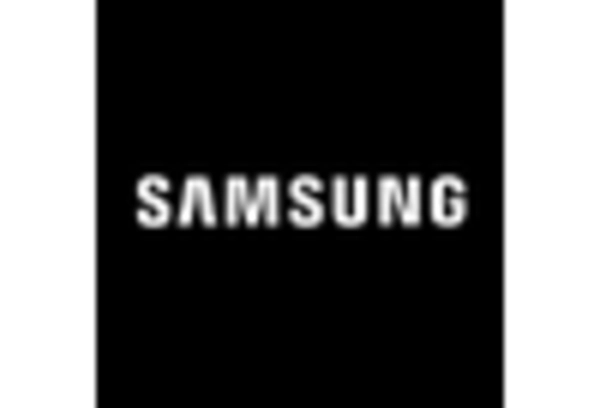








Leave a Comment